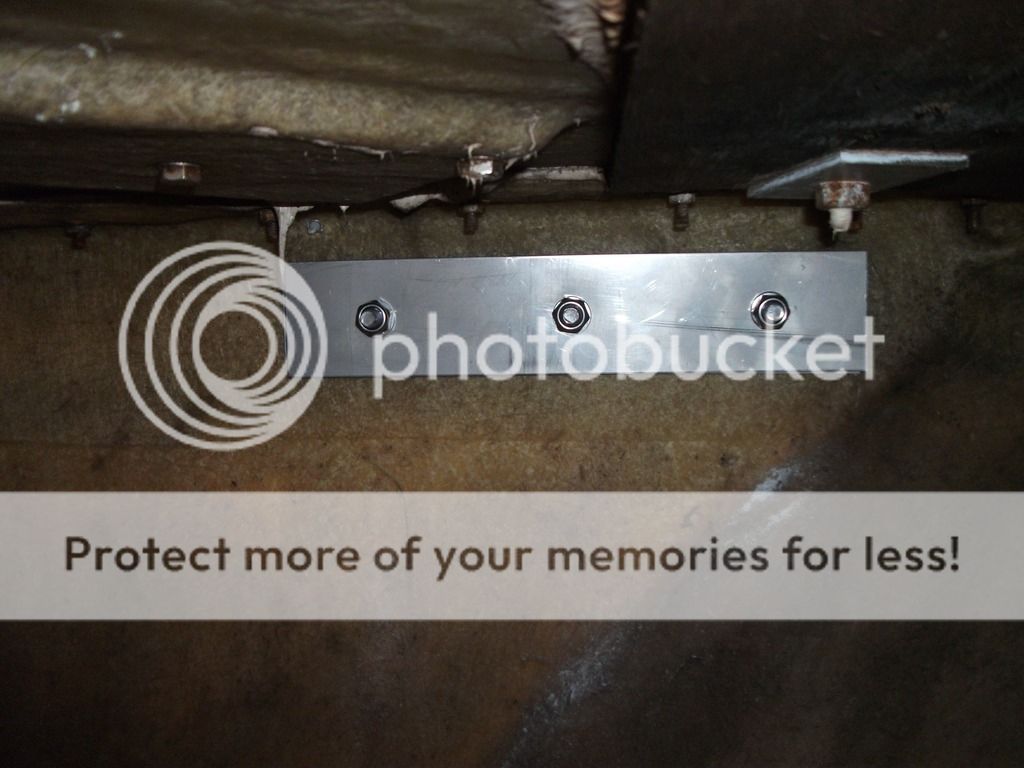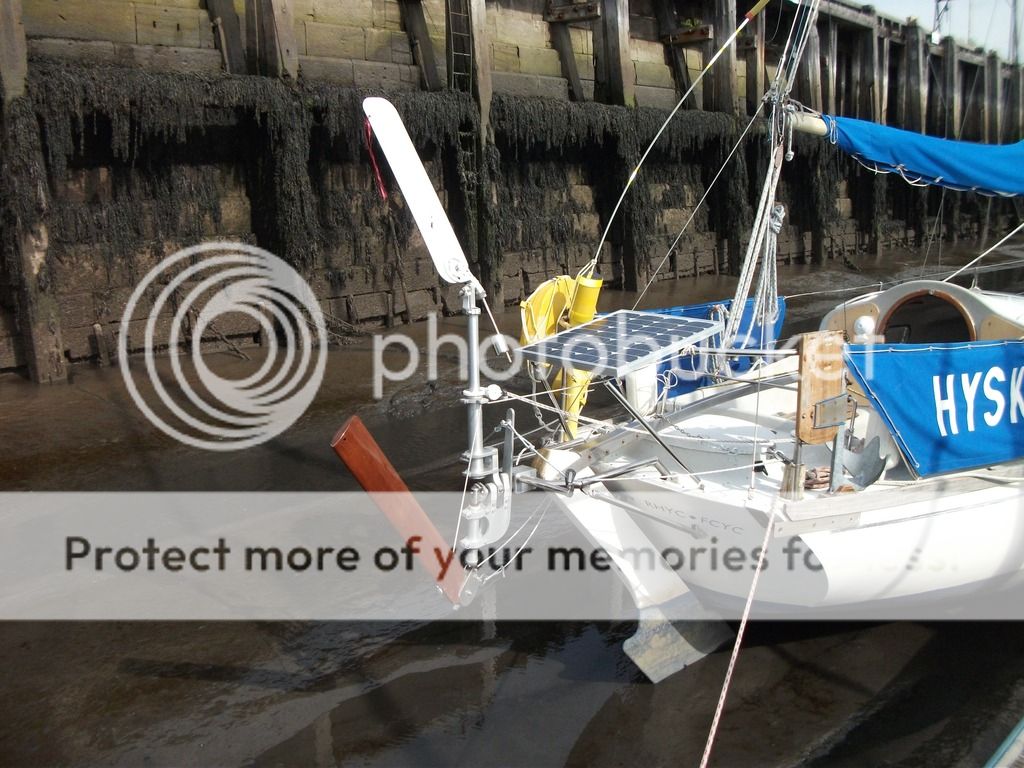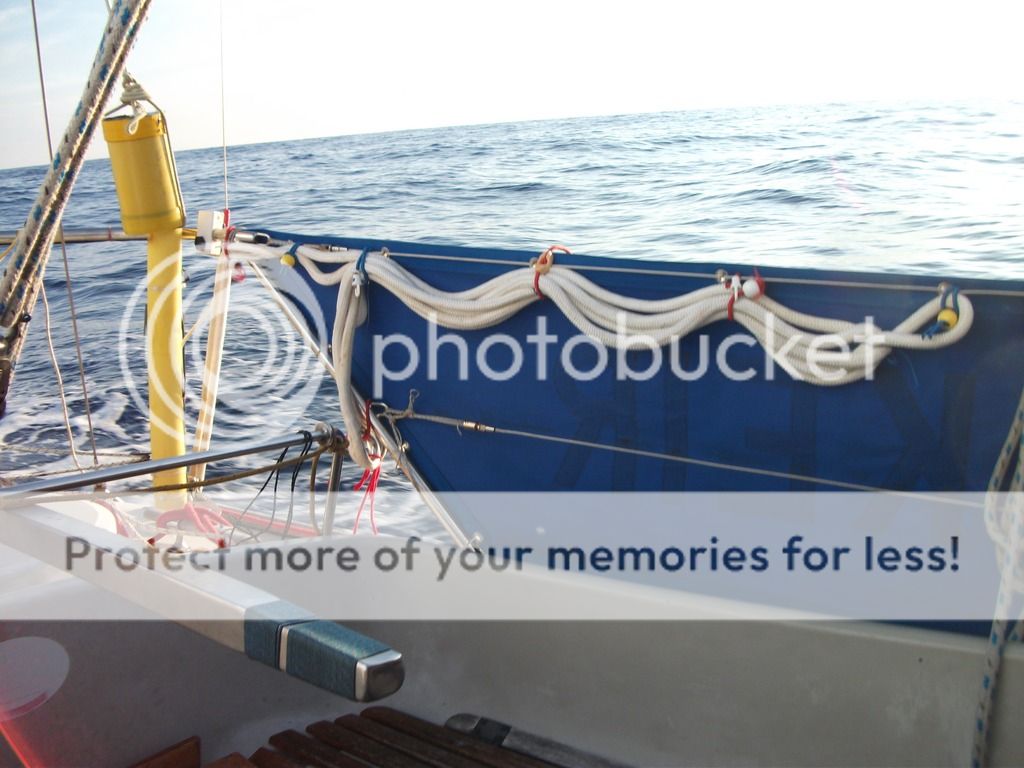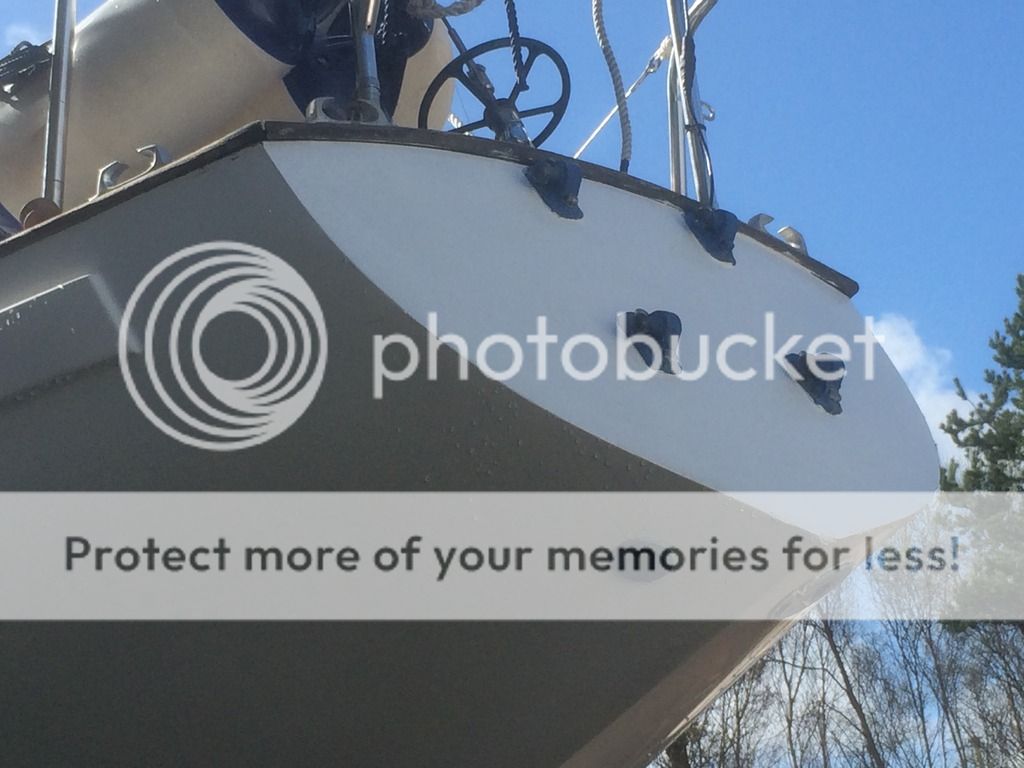thinwater
Well-known member
@thinwater - You seem to know your stuff. If you were me with my 10mm thick 45cm ling chain plate and a 10mm solid GRP hull.... would you think such a chain plate would be suffice against approx 8 Tonne of breaking wave force?
Or if you were me what additional measures would you take? More epoxy inside? Longer chain plate? Backing plate with right angle up against the transom also?
Note that my Hull is lloyds standard and the layup as good as it gets from building in Falmouth back in the good old days.
I've simply been doing a lot of testing for an up-coming magazine article.
Let's start by remembering that we are talking about breaking strength, not safe working load. Jordan (and others--he is not the only, but his report is available and well-documented) stated the SWL would likely be 500-1000 pounds; wind load plus some minor breaking seas. The 8 ton value was a one time worst-case and is the BS value. Also remember that while a breaking sea might hit you with 8 tons, that dose NOT mean the load on the drogue is 8 tons. Most of that will dissipate as acceleration and hull drag. The drogue cannot apply more load than it can hold by dragging through the water. That max is about 10,000 pounds at about 20 knots, steady state (less while accelerating). Impact force is a slight misnomer when applied to a JSD. Parachutes and ground anchors are different.
Assuming your statement about the lay-up is true (and it sounds true, but engineers say this stuff), each bolt should be able to hold 5000 pounds in shear. I have tested this in 10mm glass. However, they will affect other fasteners within ~ 120mm down line, so the spacing must be at least 120 mm. Closer than that and less is gained per fastener.
IMHO, 4-6 bolts spaced at least 120mm, with a bonded FRP backing plate (8mm x 100mm x 550mm) and ~ 35mm x 4mm washers is more than enough. I would not bother with the transom tie-in; I think there is actually some chance of stress risers there, unless it was done with laid-on glass. A bonded FRP plate will really spread the load; much superior to SS in shear for that reason. Bond it first (one small screw will clamp it), then drill through, and it becomes a very strong spot on the hull, nearly 20mm.










